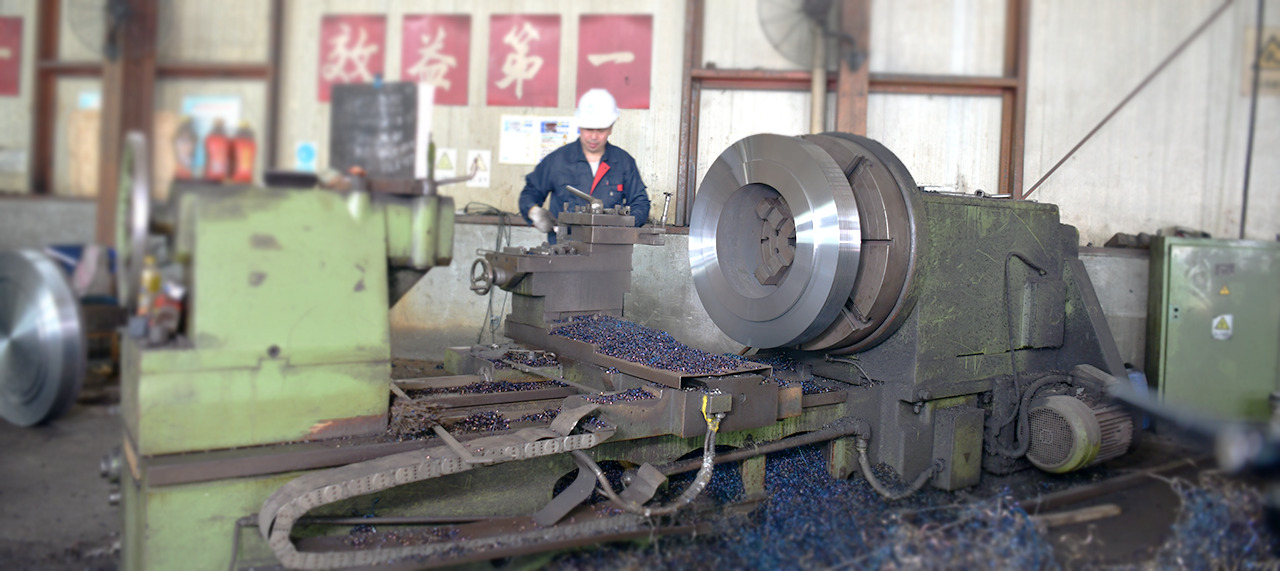Share this
Flange machining refers to the process of machining and manufacturing flanges, which are important components used to connect two or more pipes, valves, equipment, or other components.
Flange machining typically involves the following processes and steps:
1. Design and planning: Designing and planning the shape, dimensions, materials, and connection methods of the flange based on specific requirements and applications.
2. Material selection: Choosing appropriate materials for machining based on the operating environment and working conditions. Common materials for flanges include carbon steel, stainless steel, and alloy steel.
3. Preparation: Preparing the necessary tools and equipment for machining based on the flange’s design drawings, such as lathes, milling machines, drilling machines, etc.
4. Machining process: Using suitable machining processes according to the design requirements. Common machining processes for flanges include turning, milling, drilling, cutting, etc.
5. Precision control: Controlling the machining precision to ensure that the flange’s dimensions and shape meet the design requirements. This can be achieved through proper clamping, tool selection, and adjustment of process parameters.
6. Surface treatment: Performing necessary surface treatments on the machined flange, such as grinding, polishing, and corrosion-resistant coatings, to improve surface quality and corrosion resistance.
7. Inspection and testing: Inspecting and testing the finished flange, including dimensional checks, visual inspections, and performance testing, to ensure compliance with relevant standards and requirements.
8. Packaging and delivery: Packaging the inspected and qualified flanges and delivering them according to customer requirements.
It is important to note that flange machining is a specialized field that requires specific machining skills and equipment. If you need flange machining, it is recommended to collaborate with professional machining factories or service providers to ensure machining quality and compliance with relevant standards.

